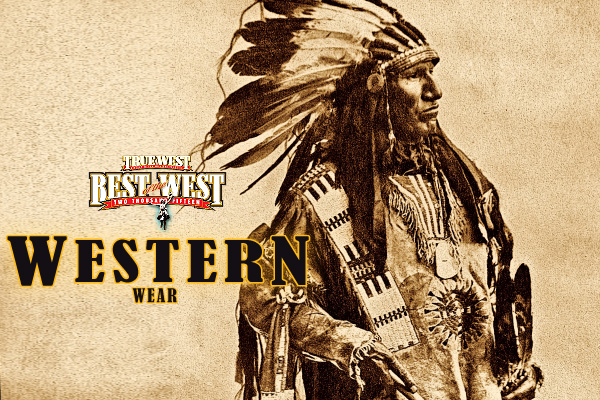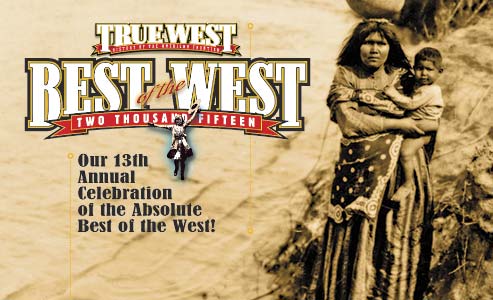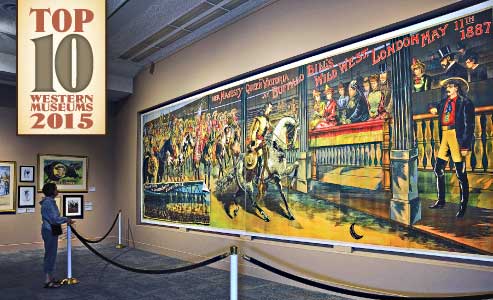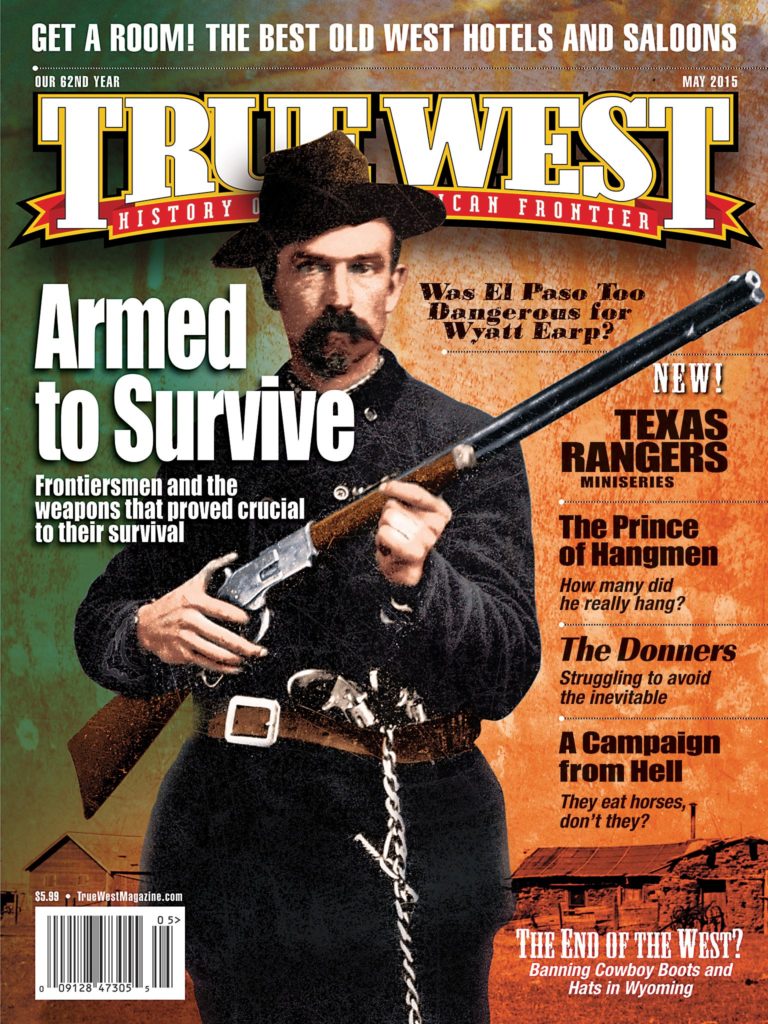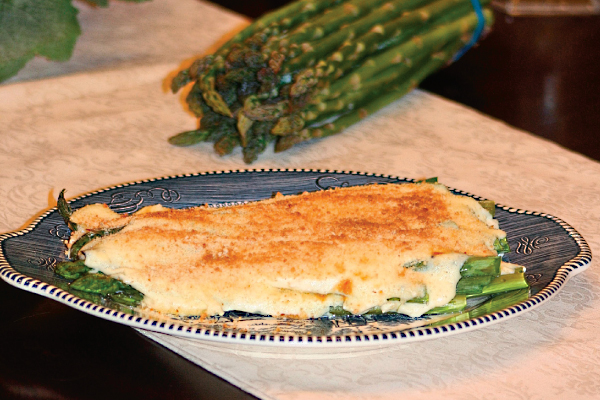 “I sometimes buy ‘cottage cheese’ of our milkman. My grandmother called it ‘smear-case.’ I spell it just as she pronounced it.
“I sometimes buy ‘cottage cheese’ of our milkman. My grandmother called it ‘smear-case.’ I spell it just as she pronounced it.
She used to mix it with egg and sugar and spices to make some kind of a pie with a sweet crust that was ever so good.” These were the reflections of Zenas Dane that appeared in Dakota Territory’s Bismarck Daily Tribune in 1886.
Smearcase may be an odd name for a food, but the word is a derivative of the German schmierkäse, from schmieren to smear and käse for cheese. Smearcase was a term for cottage cheese during the 19th century, and a few people still use it today.
The cottage cheese of the 19th century varied in its form and texture from what is known today. When eaten fresh, it resembled the modern version.
Cottage cheese is lower in fat, but when cream was added, it became spreadable. This process gave the pioneers our modern version of cream cheese.
The Evening Bulletin in San Francisco, California, reported in 1883, “It is usually made from skimmed milk: and fresh butter or sweet cream is often added to the curds while manipulating and pressing into form. This improves the quality and flavor for many.”
The Territorial Enterprise in Virginia City, Nevada, had a little fun reporting when a dairy wagon tipped over in 1878. The headline was, “Whey Goin?” and the reporter wrote, “The horse attached to the milk wagon of Mr. Pedroli, proprietor of the Gold Hill Dairy, ran away yesterday morning. The horse started at the turn this side of the Imperial, and brought up at the lumber yard of I.E. Doan & Co. The air was filled with milk and the wagon was left a complete wreck. It was a regular smear-case. From the length of time he has been in the milk business Pedroli’s horse ought to know butter than to act in such a whey— ’tain’t the cheese.”
Cream cheese pies and cream cheese sandwiches were the most popular ways to eat cream cheese in the American West. The pioneers got a little more creative as the turn of the 20th century neared. Try your hand at making the adventurous asparagus recipe from Topeka, Kansas.
*** R E C I P E ***
~Escalloped Asparagus~
1 bunch of asparagus
3 eggs, hard-boiled, optional
Butter
1 T. flour
up milk
4 ounces cream cheese
easpoon salt
tsp. pepper
cup bread crumbs
Cook the asparagus until tender. Drain and set aside. Chop or slice the eggs and also set aside.
Make the milk gravy by melting one tablespoon of butter in a saucepan and then add
one tablespoon of flour, a half teaspoon of salt and a quarter teaspoon of pepper.
Cook for one minute and then add the milk. Whisk until thick then add the cream cheese to it and set aside.
Butter a shallow baking dish and add half the eggs and half of the asparagus. Then cover with half the sauce.
Add the remaining eggs, asparagus and sauce. If omitting the eggs, just layer the asparagus.
Finally top with the bread crumbs and bake at 350 for about 15 minutes or until light brown.
***
Recipe adapted from
The Kansas Semi-Weekly Capital, June 5, 1900
Sherry Monahan has penned Mrs. Earp: Wives & Lovers of the Earp Brothers; California Vines, Wines & Pioneers; Taste of Tombstone; The Wicked West and Tombstone’s Treasure. She’s appeared on the History Channel in Lost Worlds and other shows.


